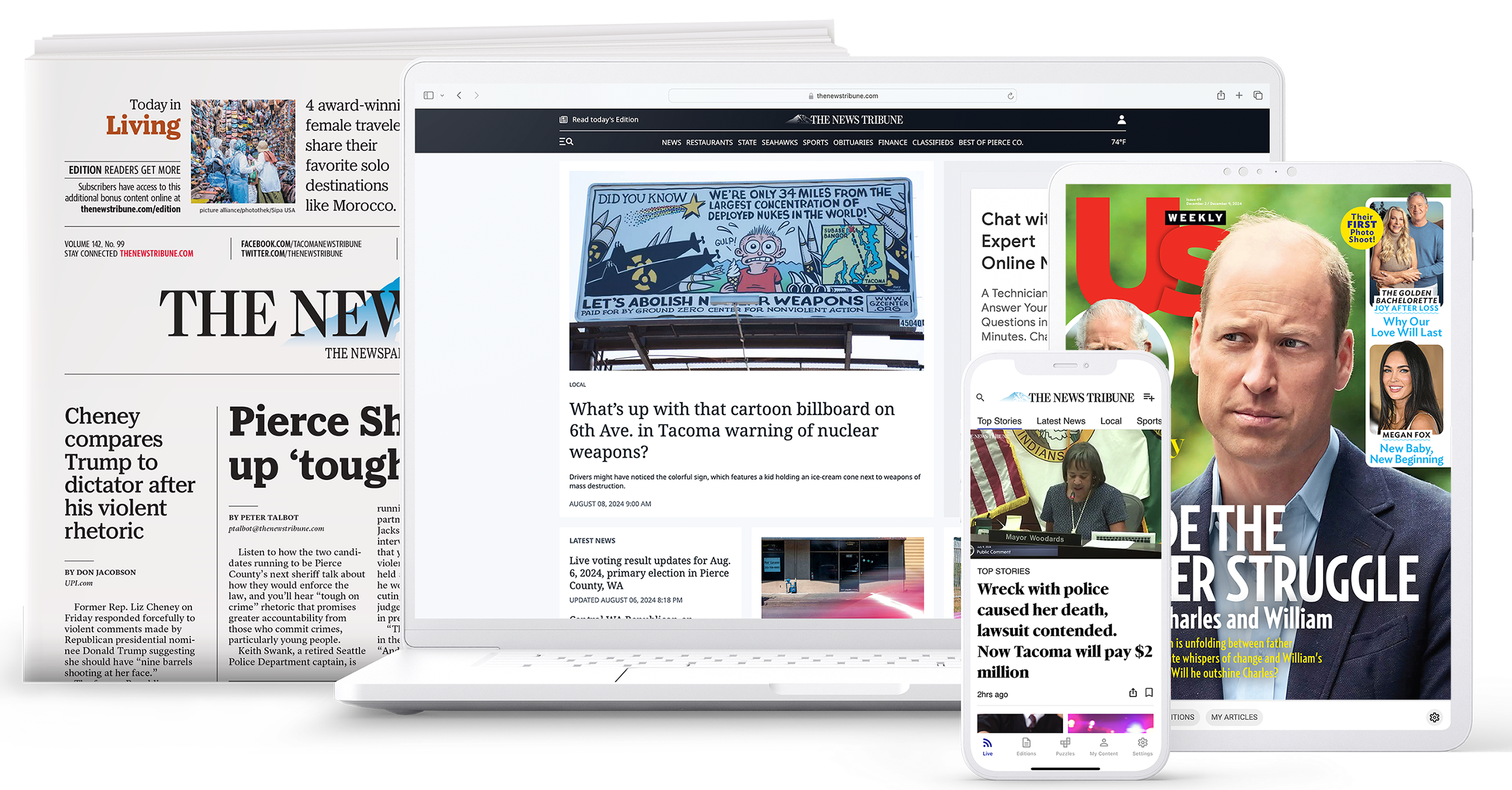The Insider’s Blueprint for Following stnews.live Effectively
The Influence of Social Network en route We Consume News Online
Social network has basically transformed news intake. It gives instant access to info, typically eclipsing standard media electrical outlets. Nonetheless, this quick dissemination features challenges. Customers deal with the risk of experiencing false information and becoming caught in resemble chambers. The formulas driving individualized content can obscure varied perspectives. As these dynamics progress, understanding their implications becomes important for informed interaction in public discussion. What approaches might help navigate this complicated landscape?
The Evolution of News Intake in the Digital Age
As technology advanced, the means people consumed news changed significantly in the electronic age (stnews.live). Traditional papers and broadcast media began to decline as the internet arised as a primary resource of details. On-line systems supplied instantaneous access to news articles, video clips, and podcasts, enabling individuals to remain notified at any moment. The benefit of mobile phones further accelerated this change, enabling individuals to receive updates on the move
Furthermore, the surge of news collectors and internet sites facilitated the usage of diverse perspectives, encouraging individuals to customize their news intake based upon individual passions. This development additionally prompted wire service to adapt their approaches, concentrating on digital web content and interesting visitors through multimedia formats. Consequently, the typical barriers of time and space in news shipment lessened, resulting in a more instant and personalized news experience for target markets worldwide.
The Function of Social Network Operatings Systems in News Distribution
Social media site platforms have actually transformed news distribution by providing immediate access to info. Their algorithm-driven content curation usually prioritizes interaction over precision, bring about substantial credibility challenges (stnews.live). As users navigate this landscape, the implications for news intake and public discourse ended up being progressively complicated
Instant News Accessibility
Traditional news outlets have long been the key resource of info, the rise of social media platforms has actually significantly changed just how news is accessed and eaten. Immediate news gain access to has ended up being a trademark of the electronic age, enabling users to receive updates in actual time. Platforms such as Twitter, Facebook, and Instagram permit news to spread out swiftly, often surpassing conventional media in rate and reach. Customers can share stories, remark on events, and engage with journalists, producing a dynamic communication between the audience and news material. This immediacy cultivates a culture of seriousness, triggering customers to inquire promptly. As a result, the assumption for prompt news has actually improved journalistic methods, compelling wire service to adapt their strategies to fulfill the needs of a busy digital atmosphere.
Algorithm-Driven Web content
While individuals actively involve with content on social media sites, the algorithms that control these systems play a crucial function in establishing which newspaper article get visibility. These algorithms assess customer behavior, preferences, and involvement metrics to curate tailored news feeds. Consequently, certain tales might be amplified while others remain odd, commonly prioritizing marvelous or trending subjects over substantive coverage. This discerning exposure forms users' perceptions of existing events and affects public discourse. Furthermore, the reliance on algorithm-driven content can develop echo chambers, where customers are mainly revealed to perspectives that line up with their very own beliefs. Subsequently, the dynamics of news circulation on social networks platforms greatly affect exactly how individuals eat and translate info in the digital age.

Credibility Difficulties
As individuals significantly turn to social networks for news, the integrity of information encountered on these systems ends up being a pushing issue. The decentralized nature of social networks enables anyone to release content, often blurring the lines between trustworthy journalism and false information. Algorithms prioritize interaction over accuracy, resulting in the extensive circulation of thrilling or misleading stories. This environment positions substantial challenges for customers attempting to determine trustworthy sources. Social media site systems, while striving to combat misinformation through fact-checking and material moderation, face objection for variances and biases in their methods. Inevitably, the duty exists with users to seriously evaluate the news they consume, as the rapid spread of info often outmatches verification initiatives by platforms.
The Surge of Resident Journalism and User-Generated Web Content
The surge of citizen journalism has actually empowered day-to-day individuals to share news and viewpoints, often giving understandings that standard media may overlook. Nonetheless, this change additionally presents considerable obstacles, particularly the spread of misinformation that can arise from unverified content. As user-generated content comes to be more common, the balance in between genuine voices and accuracy in reporting remains an important concern.
Encouraging Everyday Voices

Obstacles of Misinformation
While the rise of person journalism has actually opened up methods for varied voices in the media landscape, it has also introduced considerable difficulties associated to false information. The convenience of sharing details through social networks platforms allows individuals to disseminate news rapidly, yet this quick spread usually comes with the expense of accuracy. User-generated web content regularly does not have the rigorous fact-checking and content oversight that conventional journalism provides. As a result, sensationalized or incorrect narratives can acquire traction, misguiding target markets and forming public perception (stnews.live). The mixing of opinion and fact within social media complicates the difference between reliable details and false information. As an outcome, customers must navigate an increasingly intricate media setting, needing essential assuming abilities to discern reliable news sources in the middle of the sound

False information and Its Ramifications for Public Discourse
As social networks systems progressively control the landscape of information dissemination, the expansion of misinformation poses considerable challenges for public discourse. False information, commonly designed to mislead or provoke emotional responses, can misshape perceptions of reality and weaken rely on reliable sources. This sensation brings about polarized viewpoints, as individuals gravitate in the direction of echo chambers that reinforce their beliefs, better lodging divisions within culture.
The implications for public discussion are extensive. When citizens rely upon incorrect information, meaningful discussion decreases, and the autonomous procedure endures. Misinformation can prompt concern and confusion, influencing public health, safety, and political security. Consequently, promoting media literacy comes to be necessary, empowering people to seriously review info and discern reality from fiction. Dealing with the challenges presented by false information is essential for protecting the stability of public discourse and guaranteeing an educated population qualified of taking part in positive discussions.
The Impact of Formulas on News Exposure
Given the main function of algorithms in establishing content visibility, their impact on news usage is extensive. These algorithms, made use of by social media platforms, prioritize particular sorts of web content based on customer engagement and choices. Consequently, newspaper article that straighten with popular patterns or target market passions are more probable to be displayed prominently, while less mind-blowing stories might be ignored. This develops an environment where individuals are exposed largely to info that enhances their viewpoints, potentially leading to echo chambers.
The consistent advancement of formulas means that news organizations have to adapt their strategies to line up with these altering specifications, often focusing on clickbait or psychologically billed headings. The honesty of news coverage can be endangered, as crucial stories may not receive the Get More Info exposure they deserve. The mathematical shaping of news exposure as a result plays an essential function in affecting public assumption and understanding of existing events.
The Shift Towards Visual Storytelling in News Media
Progressively, news media is welcoming aesthetic narration as a powerful device to engage target markets. This method leverages photos, videos, infographics, and interactive aspects to share information better than typical text-based styles. As interest extends reduce, visuals offer a fast, impactful method to interact intricate tales and get customers' rate of interest.
Platforms like Instagram and TikTok have more accelerated this fad, compelling news companies to adapt their web content methods to fit these visually-driven environments. By integrating engaging visuals, news outlets can boost emotional links and foster better understanding of topical problems.
Additionally, aesthetic narration permits more varied stories, showcasing several point of views through vibrant presentations. As target markets progressively consume news via mobile devices, the change towards visuals not only accommodates individual preferences however also helps to damage down obstacles to info accessibility. Inevitably, this development reflects a wider improvement in exactly how news is produced and eaten in the digital age.
Future Trends: Browsing the Changing Landscape of News Usage
While the digital landscape remains to evolve, news intake is poised for considerable change driven by arising modern technologies and altering audience actions. As fabricated knowledge and machine learning advancement, customized news feeds will come to be extra common, permitting customers to receive content tailored to their passions. This personalization might result in higher engagement however also elevate problems about echo chambers and misinformation.
The rise of voice-activated tools and smart audio speakers will affect just how news is provided, moving the focus from visual to auditory layouts. This fad may motivate wire service to take on even more succinct and interesting audio material.

Often Asked Questions
How Do Social Network Communications Affect News Credibility?
Social media site communications can significantly affect perceptions of news reliability. Involvement metrics, such as likes and shares, often shape audience trust, with popular posts acquiring viewed authenticity, despite the precision or dependability of the info presented.
What Function Do Influencers Play in Shaping News Narratives?
Influencers significantly shape news narratives by leveraging their systems to amplify specific stories, often customizing content to their audience. This can lead to prejudiced viewpoints, impacting public assumption and focusing on sensationalism over factual reporting.
Just How Can Users Identify Reliable News Sources on Social Media?
Individuals can determine reliable news resources on social networks by inspecting the resource's reputation, confirming truths with several outlets, examining the professionalism and trust of the material, and recognizing possible prejudices in reporting to guarantee accurate info.
What Effect Does Social Media Site Have on Traditional Journalism Jobs?
Social media site substantially influences standard journalism tasks by altering revenue designs, reducing need for print media, and fostering competitors from citizen journalists. Numerous experts deal with work insecurity and should adjust to quickly altering media landscapes.
How Do Various Demographics Consume News on Social Media?
Different demographics display varied choices for news consumption on social media. More youthful audiences prefer systems like TikTok and Instagram for quick updates, while older people have a tendency to favor Facebook and Twitter for more extensive conversations important site and articles.